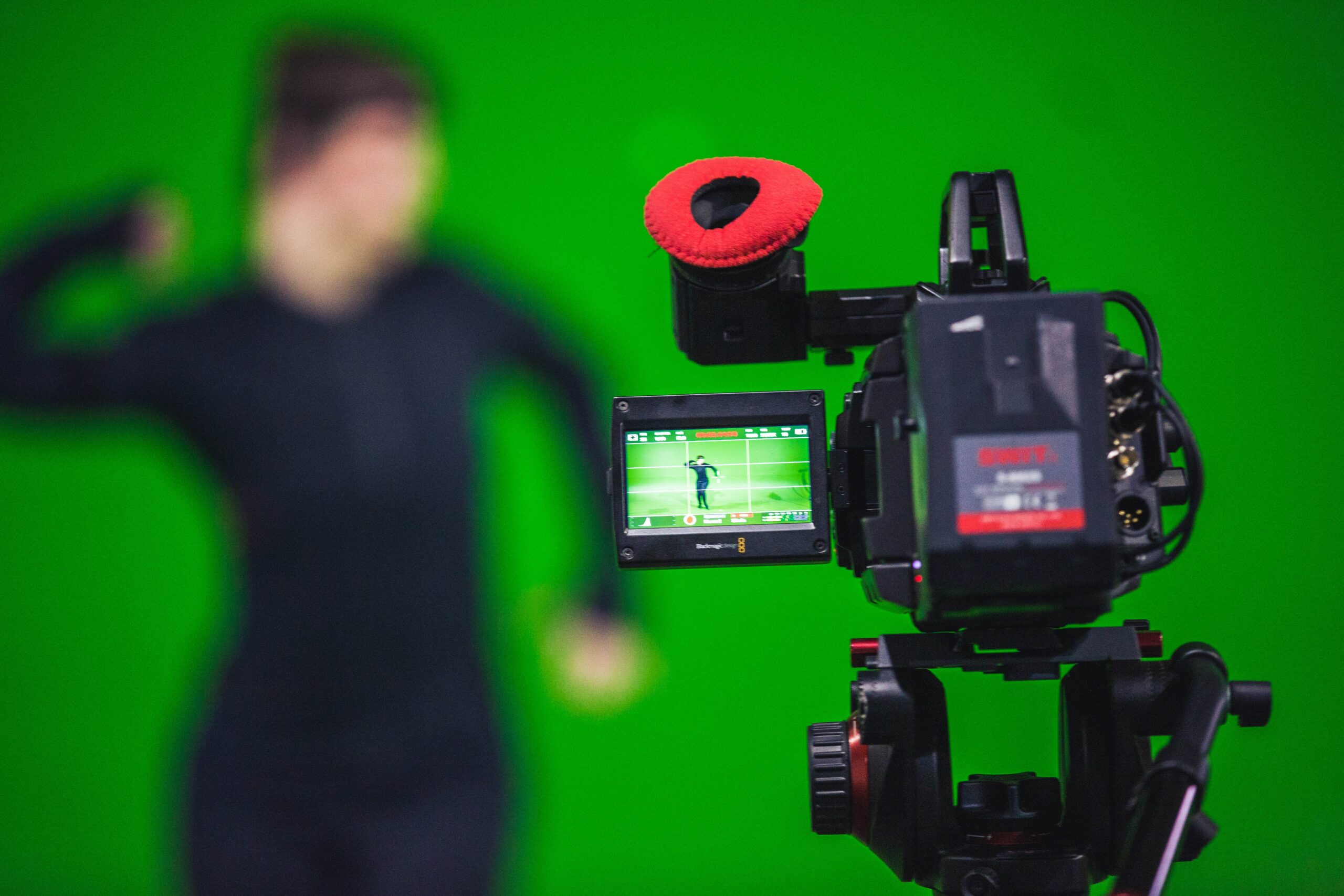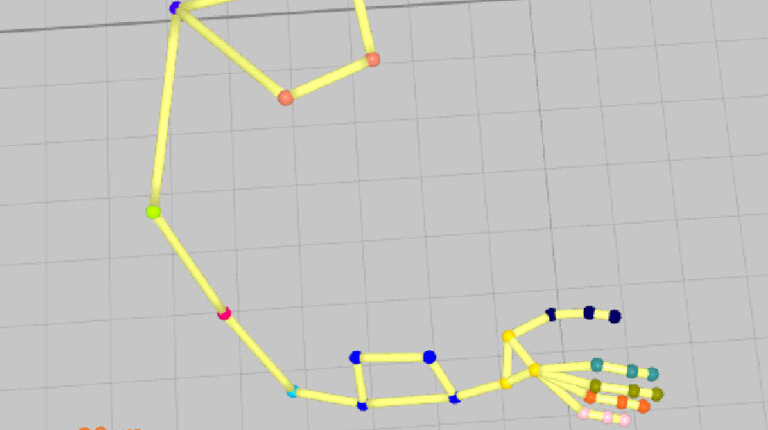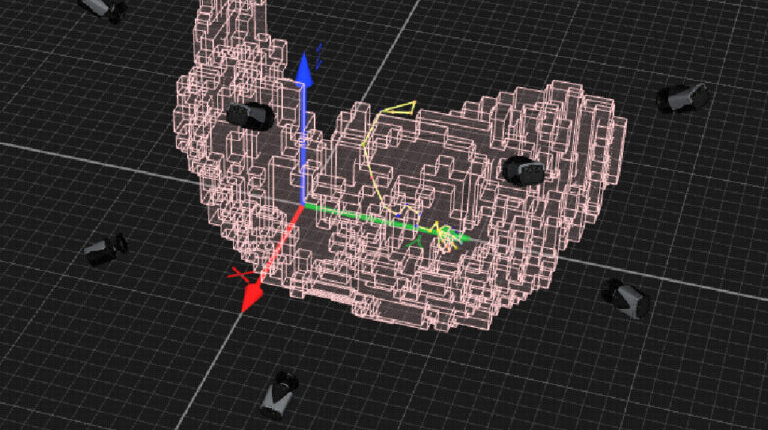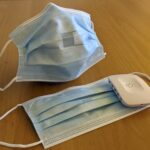With motion capture, movements such as the rotation of an arm or the bending of a leg can be quantified, which is impossible with the naked eye. This makes it possible to study a person’s movements precisely and link them to their brain activity, which can be visualized by combining motion capture with an electroencephalogram or infrared spectroscopy.
Industry 4.0 and elite-level sport
Researchers at AIHM are also studying musculoskeletal disorders in Industry 4.0. With motion capture, scientists hope to be able to analyze warehouse workers’ movements with precision. The aim here is to offer advice on how to optimize workers’ movements in order to reduce their health problems. This could involve considering how people can improve their posture when carrying a parcel and moving around with it, for example. These studies may also elicit suggestions on how to improve the layout of workspaces.
This technology is also useful for analyzing athletes’ movements. In this field, the aim is not only to prevent injuries but also to improve athletes’ performance. “Previously, the coaches of elite sportsmen and women were responsible for diagnosing athletes’ postures to help them improve their performance,” explains Pierre Slangen. “Today, tools such as motion capture allow coaches to conduct more detailed analyses“, continues the researcher.
“Single-camera” motion capture was even used at IMT Mines Alès back in 2004 to optimize the running prosthesis of Dominique André, a medal-winning Paralympic sprinter. Currently, multi-camera motion capture is also being applied to cycling, and is also used in the optimization of walking prostheses for everyday use.
With motion capture, digital twins of the person being filmed can be produced, which enables subjects to be shown what is happening during their activity. “This visual perception is highly motivating because we can show the amplitudes of movement to subjects and to athletes“, says the researcher. This also facilitates psychological reinforcement. Viewing their movements on a screen encourages sportspeople and users to reproduce the movements best suited to their activity.
An interdisciplinary advantage
According to Pierre Slangen “the added value of the AIHM platform is that it brings together engineers and doctors from different disciplines such as optics, physics and computer vision“. Some of these professionals are experts in metrology (the science of measurement) in their particular field, so they can critically appraise the measurements taken during the experiments. “They are able to qualify and quantify measurements and their validity,” points out Pierre Slangen. In this way, the tests are constantly being improved to obtain increasingly reliable results.










